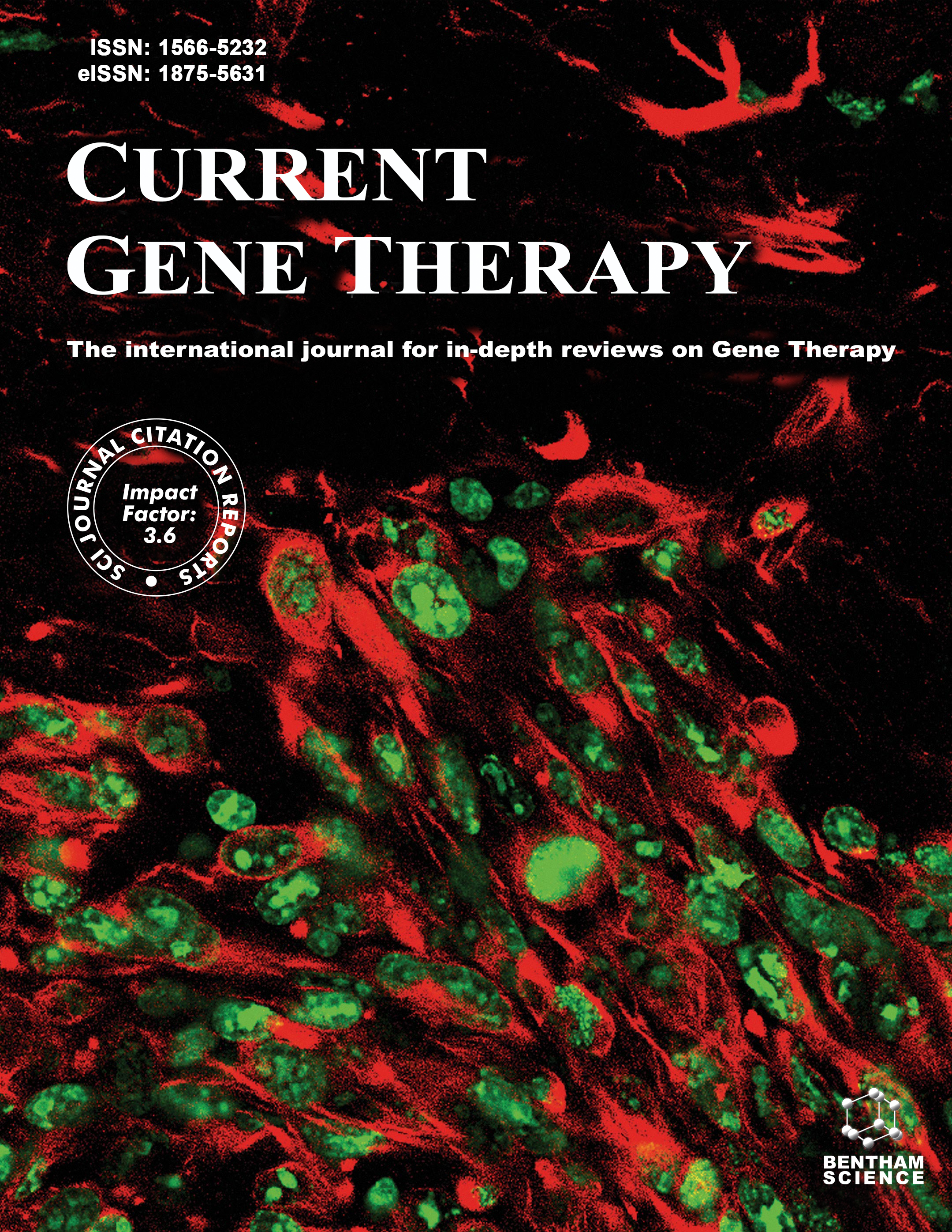
Full text loading...

Crohn's disease (CD), a chronic inflammatory disorder of the gastrointestinal tract, presents significant challenges in clinical medicine due to its multifactorial etiology and varied therapeutic responses. This review examines the diverse causes of CD, including genetic predispositions identified through genome-wide association studies (GWAS), which involve scanning the genome for single-nucleotide polymorphisms associated with CD risk, as well as environmental triggers, such as diet and alterations in the microbiome. Biomarkers, such as fecal calprotectin and C-reactive protein (CRP), as well as genetic markers like NOD2 mutations, provide critical tools for diagnosis and treatment stratification. Advances in computational methodologies, including multi-omics analyses and machine learning, have enhanced our understanding of CD pathophysiology and therapeutic outcomes. Traditional treatments, including immunomodulators and biologics, such as anti-TNF agents, have laid the groundwork for novel cytokine-targeted therapies, such as IL-12/23 inhibitors (e.g., ustekinumab) and integrin inhibitors (e.g., vedolizumab), which aim to improve mucosal healing and reduce relapse rates. However, integrating personalized medicine into clinical practice remains challenging due to the heterogeneity of CD and limitations in biomarker validation. The integration of predictive biomarkers with computational tools enables clinicians to tailor therapy at the individual level, improving remission rates, minimizing adverse effects, and enhancing long-term disease control. These personalized strategies show promise in shifting CD management toward a more effective, patient-specific model of care. This review underscores the potential of personalized therapeutic strategies, leveraging molecular and computational insights, to optimize disease management and improve patient outcomes in CD.

Article metrics loading...

Full text loading...
References


Data & Media loading...